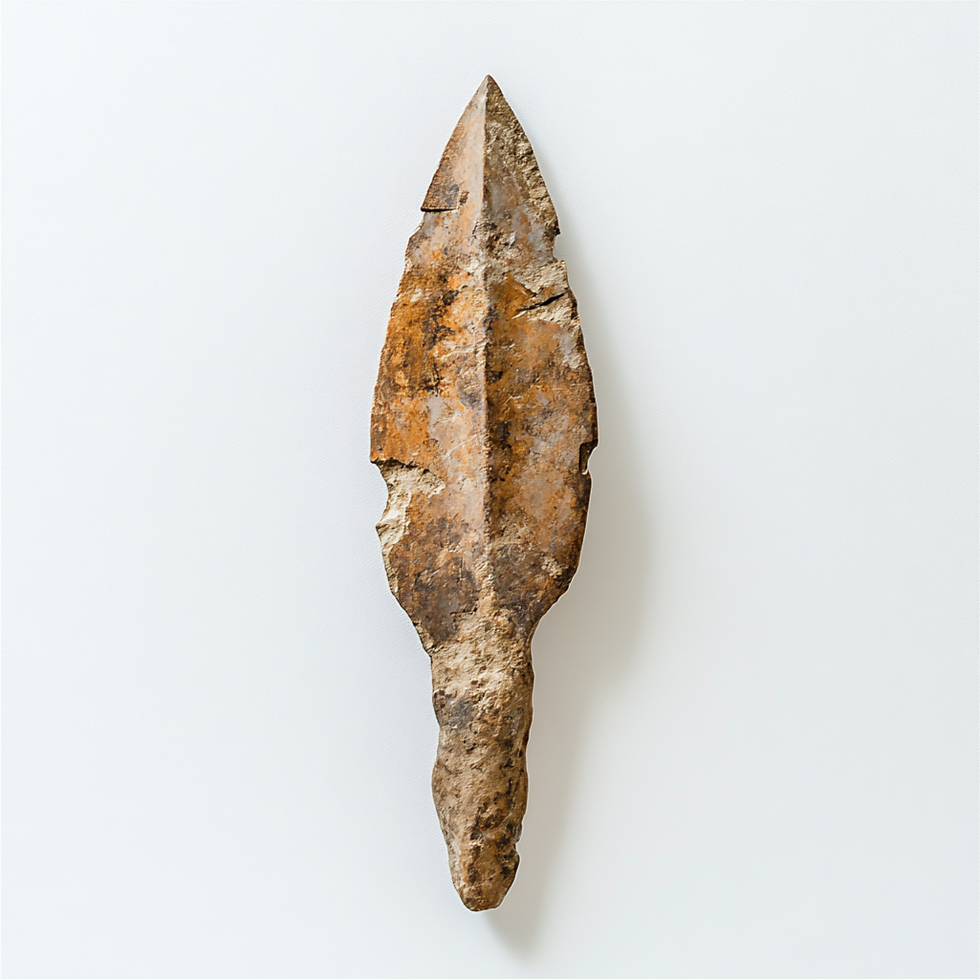The Difference Between Sandblasting, Soda Blasting, and Vapour Blasting
- albionblasting
- Jun 25
- 2 min read
⚙️ 1. Sandblasting (Dry Abrasive Blasting)
Best for: Heavy rust, thick paint, industrial equipment, car chassis, steel structures
How it works: Sandblasting uses compressed air to shoot abrasive media (like crushed glass or garnet) at high speed onto a surface. It strips away rust, coatings, and grime, leaving a clean, textured finish ready for painting or powder coating.
Pros:
Highly effective on tough materials
Fast and aggressive
Great for large or rough surfaces
Cons:
Not suitable for soft or thin metals (can cause warping)
Dustier than other methods
💨 2. Soda Blasting
Best for: Delicate materials, aluminium, soft metals, thin panels, engine parts, glass, plastics
How it works: Soda blasting uses baking soda (sodium bicarbonate) as the blasting media. It’s much softer than traditional abrasives and breaks apart on contact, making it perfect for delicate work.
Pros:
Won’t damage soft surfaces
Leaves no surface profile (smooth finish)
Non-toxic and water-soluble
Great for cleaning without removing base metal
Cons:
Doesn’t work well on heavy rust or thick coatings
Requires cleanup of soda residue
Doesn’t etch surface—so not ideal before painting
💦 3. Vapour Blasting (Wet Blasting)
Best for: Engine casings, carburettors, aluminium parts, restorations where surface finish matters
How it works: Vapour blasting combines abrasive media with water under pressure. This softens the impact and gives a satin-smooth finish while still cleaning the surface. It’s also known as “wet blasting” or “liquid honing.”
Pros:
Very fine, polished finish
Reduces dust significantly
Great for visual or show-quality parts
Gentler than dry blasting
Cons:
Slower than dry blasting
Requires specialised equipment
Not ideal for heavy rust or paint removal
🧭 Quick Comparison Table
Method | Aggressive | Surface Finish | Best For | Not Ideal For |
Sandblasting | High | Textured | Rust removal, paint stripping | Thin metals, soft alloys |
Soda Blasting | Low | Smooth | Aluminium, glass, cleaning | Heavy coatings or corrosion |
Vapour Blasting | Medium | Satin/smooth | Restoration, fine detailing | Thick paint, structural steel |
🛠️ Which One Should You Choose?
If you’re unsure, that’s where we come in. At Albion Blasting, we’ll:
Assess your parts and material
Recommend the safest, most effective method
Explain the process and finish you can expect
From farm gear to Ferrari parts—we blast with care.
📞 Ready to restore, clean, or prep a surface? [Contact Albion Blasting today for a free assessment.]



Comments